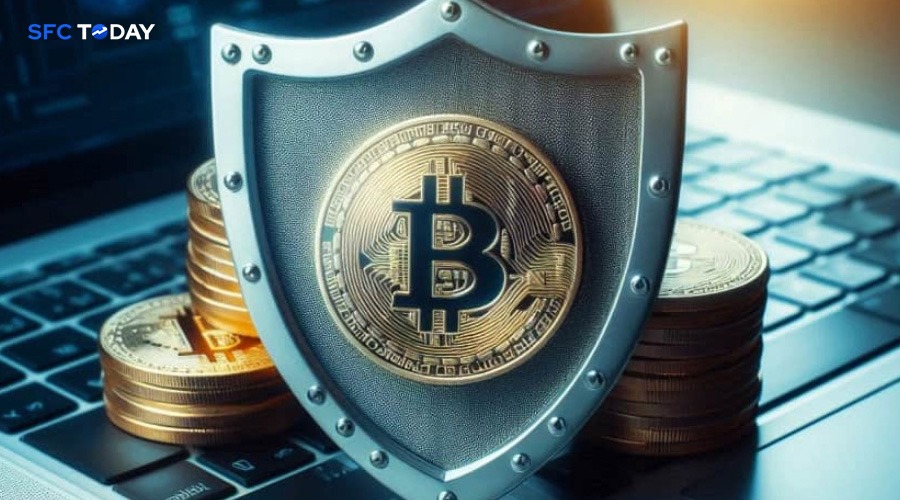Crypto Security: How Hacks Happen and How to Keep Investments Safe
The cryptocurrency market has grown fast, and with it, risk and opportunity. With innovation and freedom, the risk of cyberattacks and virtual theft lurks. Crypto tokens are so appealing targets because of their decentralized nature and non-reversible transactions. Lost money cannot be retrieved.
Realizing how hacks occur and how not to fall into them is critical. This article separates common ways attacks occur and gives step-by-step instructions on how to better secure digital property.
Common Ways Crypto Hacks Occur
Phishing Attacks
Phishing is still the most prevalent threat. The attackers create spurious websites, apps, or email messages that impersonate popular exchanges, wallets, or services in order to trick users into revealing their login details or private keys. The attacks via spoofing usually pretend to be famous exchanges, wallets, or service providers. Assets are stolen from accounts and wallets following successful access.
Exchange Breaches
Cryptocurrency exchanges are most often targeted because they handle a lot of money. Unsecured systems, bad security habits, or internal access can cause breaches. Hackers use vulnerabilities or social engineering to circumvent internal controls, resulting in astronomical loss.
Smart Contract Exploits
Smart contracts facilitate transactions but may have bugs in their code. Hackers find those bugs to manipulate logic, steal money, or kill services. Unaudited jobs are particularly susceptible to contract-based attacks.
Malware and Keyloggers
Stealthy infecting malware captures keystrokes and pilfers passwords and seed words. Certain versions are programmed to search for crypto activity in particular. Hacked systems provide unrestricted access to wallets and exchanges after credentials have been obtained.
Insider Threats
Elevated privilege internal threats are a special threat. Employees or partners with access to the systems can abuse their privilege. Maliciously or through simple negligence, insiders have perpetrated the majority of the most notorious cryptocurrency robberies.
The Place of Blockchain Security
Blockchain technology carries inherent security benefits. Transactions are immutable and transparent, and data is dispersed across a networked system. Such structuring does not, however, eradicate risk.
Security relies on third-party software and human conduct. The most of the vulnerabilities lie outside the blockchain itself—in centralized exchanges, wallets, and user behavior.
Ongoing education, secure development practices, and regular auditing help establish trust in blockchain systems. Improved security practices and transparency also improve resistance to new attacks.
Securing Crypto Investments
Hardware Wallets
Keeping crypto in a hardware wallet keeps keys offline private, away from internet threats. Devices eliminate the possibility of malware or phishing from occurring. Copies of recovery words need to be kept in secure, offline storage.
Enable Two-Factor Authentication
Two-factor authentication (2FA) provides a second level of security for exchange accounts and wallets. Authentication app is more secure than SMS, which could be intercepted. 2FA lessens the risk of unauthorized access even if login details are compromised.
Do Not Use Public Wi-Fi for Transactions
Public networks are vulnerable to attack since an attacker is able to intercept information or add malware. Crypto transactions need to be conducted over secure private links since they can’t be relied upon. Employing a VPN provides extra encryption and anonymity.
Research Before Investing
Some research into the project is required. Tokenomics, development activity, audits, and community activity need to be considered. Never invest in projects with unknown teams, unchecked smart contracts, or exaggerated rewards.
Track Wallet and Exchange Activity
Round-the-clock account activity monitoring is useful in intercepting unauthorized entry before it is too late. Configuring alerts and employing monitoring tools will expect anomalies before they create monumental losses.
Conclusion
The cryptocurrency landscape offers tremendous opportunity but has single security problems. Understanding how the hacks are being done allows for better defense mechanisms and smarter choices. Phishing attacks, exchange hacks, and contract manipulations are just a few of the methods by which funds are stolen. With the proper safeguarding measures in place—such as hardware wallets, 2FA enabled, and refraining from risky behavior—the risk can be drastically reduced. Securing crypto investments starts with intelligence and extends to action. In the ever-changing world of digital assets, security is the key to long-term success.


